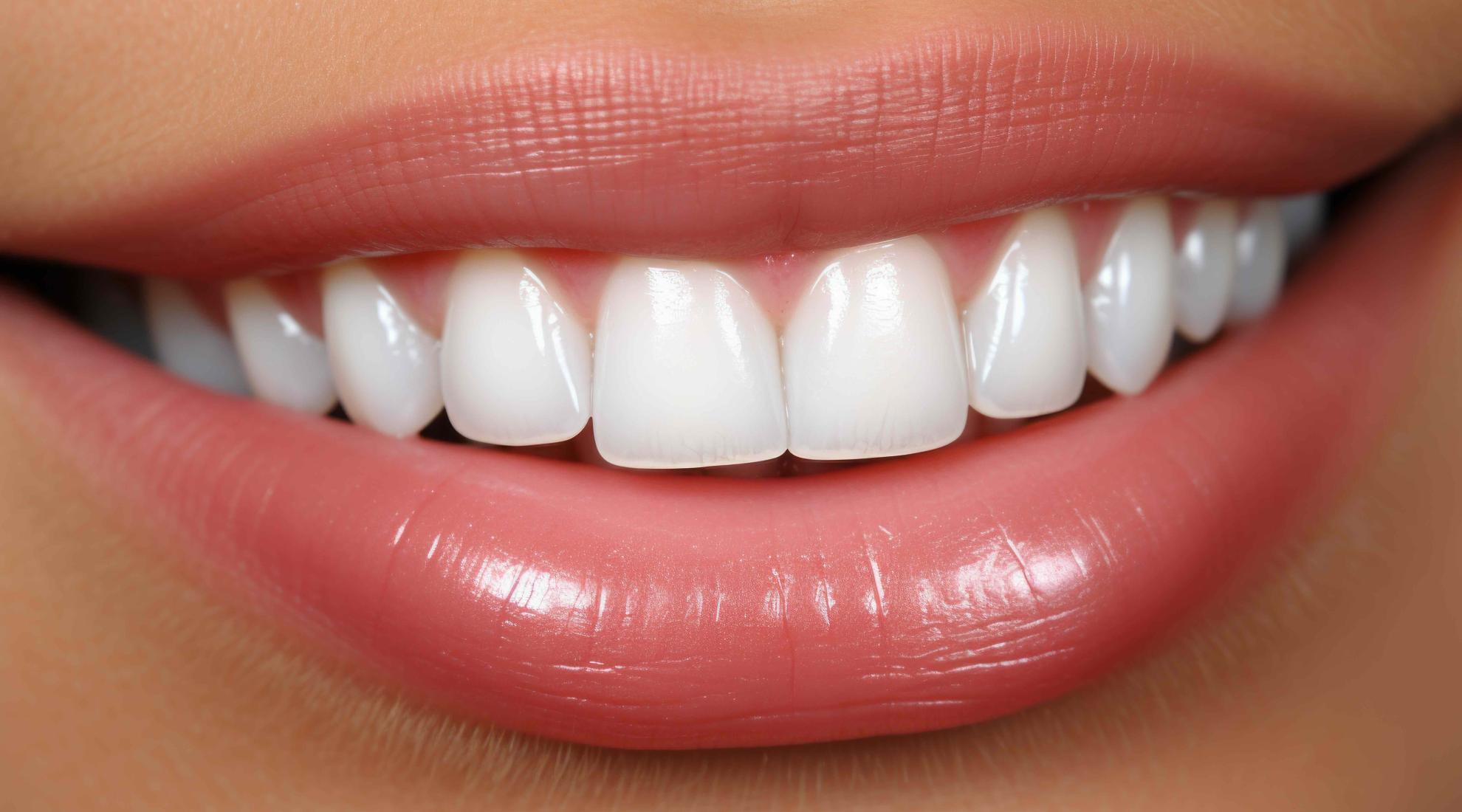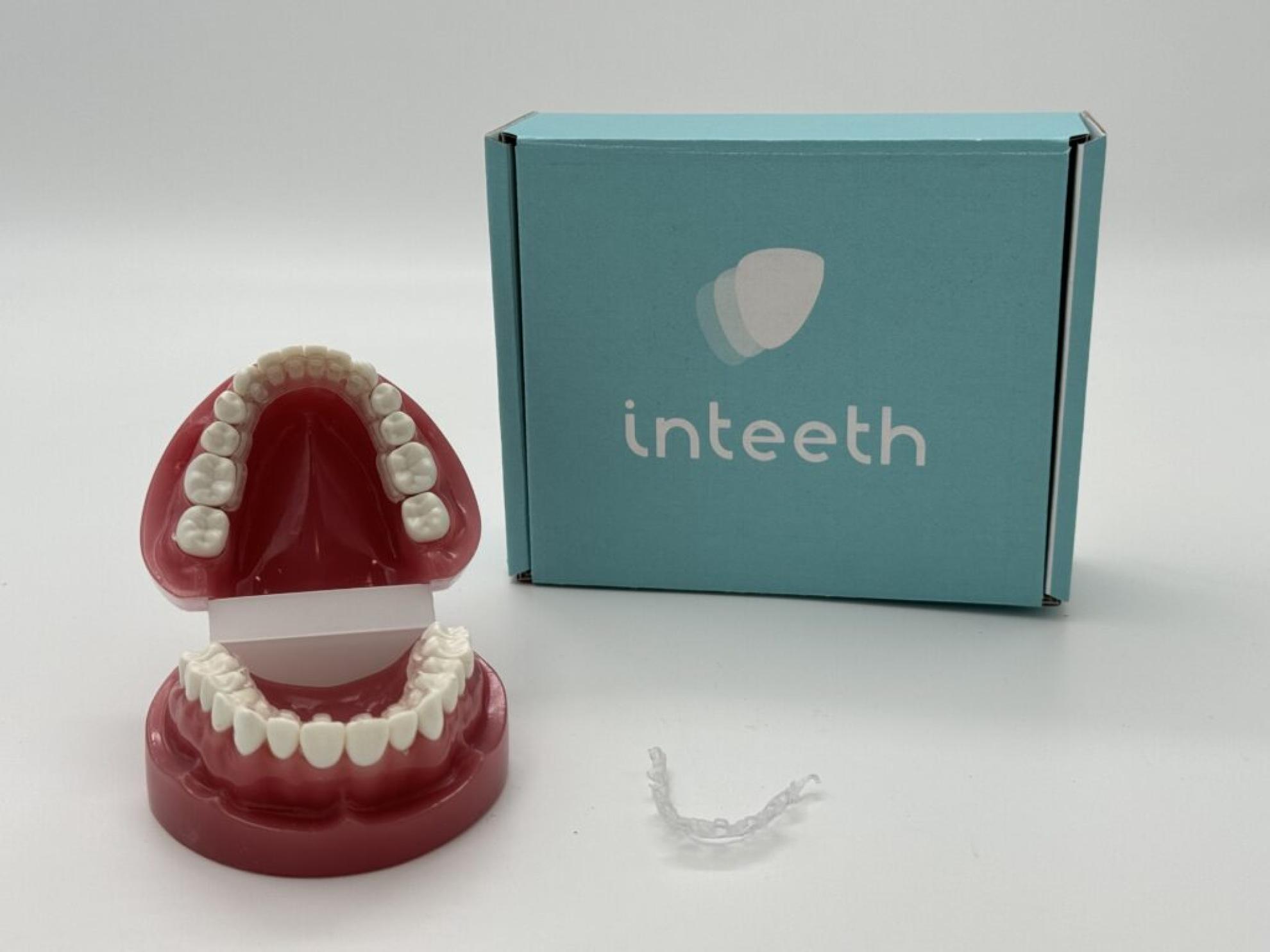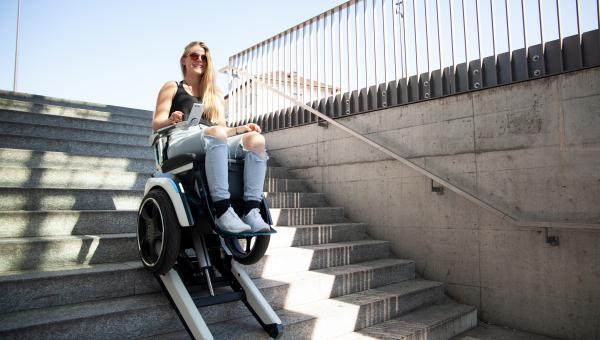An invisible aligner system for your teeth

A Geneva-based startup is redefining orthodontics with the world's first fully invisible, 3D-printed aligner that is hidden behind the teeth.
Healthy, straight teeth are a sign of good health and a modern beauty ideal. According to data from the Swiss Federal Statistical Office (FSO), 35% of Switzerland's population have worn braces at least once in their lives. This trend is particularly prevalent among younger people, with over half of those aged 15 to 39 having worn or currently wearing braces.
From metal braces to 3D-printed aligners
In recent years, advances in medical and manufacturing technology have transformed orthodontics. The path to achieving the perfect smile is no longer solely dependent on fixed metal brackets connected by wires. The introduction of clear aligners – virtually invisible plastic trays created with 3D printing – has transformed the options for straightening teeth discreetly.
Making aligners invisible
Geneva-based start-up InTeeth is taking this evolution further. Founded by physicist Hugo Meley and his orthodontist father in 2024, the company has developed a new class of lingual aligner that is worn behind the teeth. Traditional braces and aligners each have drawbacks: metal braces are visible, lingual braces are uncomfortable and expensive, and clear aligners must be constantly removed. InTeeth's solution eliminates these compromises by offering invisibility, comfort and efficiency. According to the founders, their technology can reduce overall time spent at the dentist by up to 50%.

InTeeth has developed a removable, completely hidden, non-invasive orthodontic system.
How it works
Starting with a precise 3D scan of the patient's teeth, InTeeth uses 3D printing to create a transparent lingual arch that discreetly clips onto small brackets positioned behind the teeth, making the arch completely invisible. Orthodontists use a custom 3D-printed transfer tray to place these anchor points with precision, ensuring perfect alignment. The patient then replaces the arch approximately every two weeks, about twenty times in total, to gradually move the teeth into their new position.
An idea fifteen years in the making
According to this interview, the concept was first envisioned by Meley's father over fifteen years ago, but it only became viable with the advent of biocompatible 3D-printing materials and the team's proprietary patent. The missing piece of the puzzle was a piece of software capable of rapidly designing both the lingual arch and the orthodontic treatment plan. Meley found this solution by collaborating with the School of Business and Engineering Vaud (HEIG-VD).
A launch is on the horizon in 2026
InTeeth's system has already been validated through a clinical study involving 50 patients, and its proprietary digital workflow enables the scalable production of thousands of devices. Following regulatory validation in Switzerland and the completion of a fully automated, certified digital production process, the company plans to launch commercially by late 2026.




